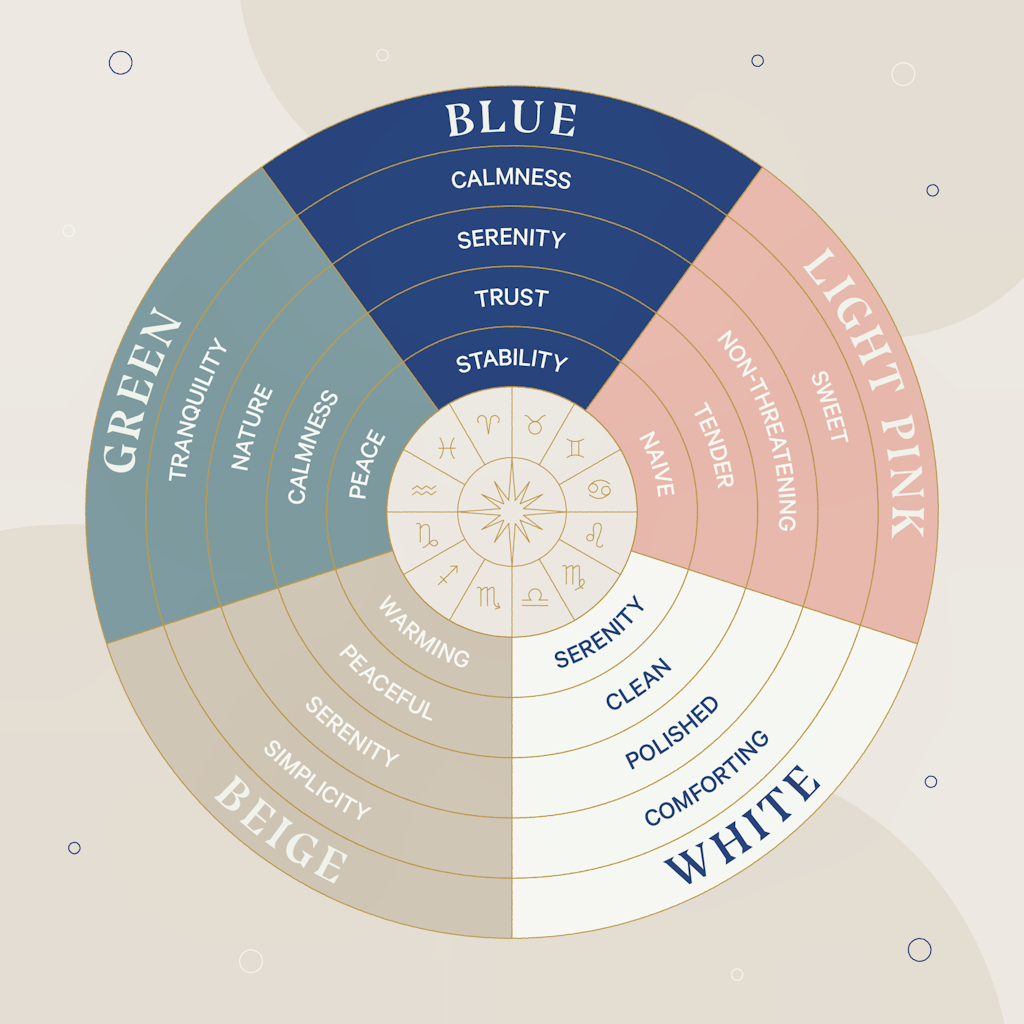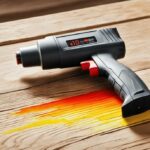Last Updated on 1 year by Francis
If you are like most people, you have likely heard the advice that blue is the best color to paint your bedroom walls if you are looking for a good night’s sleep. But is that really the case? In this article, we will take a look at the evidence to determine which color is actually the most effective for promoting sleep. We will explore the effects of color on our bodies and minds, and what color is best for achieving a deep and restful sleep.

Contents
What Colors Promote Better Sleep?
When choosing a color palette for a bedroom, it’s important to consider how different shades affect the quality of sleep. Certain colors have a calming effect, while others can be energizing. The best color for sleep is one that promotes relaxation and allows for a restful night’s rest.
Cool colors like blues, greens, and lavenders are often seen as the best colors for sleep. These shades promote a calming atmosphere that can help reduce stress and anxiety. They also have the added benefit of helping to reduce the body’s core temperature, which makes it easier to fall asleep.
Warm colors like oranges and reds can also be beneficial for sleep. These hues evoke feelings of comfort and security, which can help create a peaceful and restful environment. However, these colors can also be energizing and can make it harder to fall asleep.
Blue: The Best Color for Sleep
When it comes to choosing the best color for sleep, blue is often at the top of the list. This cool hue is known for its calming effect and can help reduce stress and anxiety. It has also been shown to be beneficial for reducing blood pressure and heart rate, which can make it easier to drift off to sleep.
Additionally, blue is a color that is often associated with sleep. The color is often featured in products designed to promote better sleep and can be found in many bedroom décor items.
Green: A Calming Color for Sleep
Green is another color that is often seen as a top choice for sleep. This hue is known for its calming and soothing effects, which can help create a peaceful atmosphere in the bedroom. It can also help reduce stress and anxiety, which can make it easier to drift off to sleep.
Green is also a great color for those who are sensitive to light. It doesn’t reflect light like other colors, so it can be a great choice for those who need a darker bedroom.
The Impact of Color on Sleep Quality
The color of a bedroom can have a major impact on the quality of sleep. Certain colors can help create a more calming atmosphere, while others can be more energizing. It’s important to choose colors that promote relaxation and are conducive to better sleep.
Light Colors: Brighten Up the Room
Light colors like whites, creams, and beiges can help brighten up a room and make it feel more inviting. These colors are also known for their calming effects, so they can help create a more peaceful atmosphere in the bedroom.
However, these colors can also be energizing and can make it harder to drift off to sleep. For this reason, it’s important to pair light colors with more calming colors to create a balanced and restful atmosphere.
Dark Colors: Create a Cozy Atmosphere
Dark colors like navy blue and dark green can help create a cozy atmosphere in a bedroom. These colors can be calming and can help reduce stress and anxiety. They can also help block out light, which can make it easier to drift off to sleep.
However, dark colors can also be too energizing for some people. It’s important to choose colors that are not too stimulating and that promote relaxation.
Tips for Choosing the Best Color for Sleep
When choosing a color for a bedroom, it’s important to consider how different colors impact the quality of sleep. Here are some tips for choosing the best color for sleep:
Choose Colors that Promote Relaxation
Choose colors that promote relaxation and are conducive to better sleep. Cool colors like blues, greens, and lavenders are often seen as the best colors for sleep.
Balance Light and Dark Colors
Balance light and dark colors to create a balanced and restful atmosphere. Light colors can help brighten up a room, while dark colors can help create a cozy atmosphere.
Pick Colors that Reflect Your Style
Choose colors that reflect your style and that you enjoy. The best color for sleep is one that promotes relaxation and allows for a restful night’s rest.
Related Faq
What Color is Best for Sleep?
Answer: Many studies have shown that colors can have an impact on sleep. In general, the best colors for sleep are cool colors like blues and greens, as they have the most calming and relaxing effects. Blue is the most popular choice for bedrooms due to its calming effect and its ability to reduce stress and anxiety. Research has also found that blue can help people to fall asleep quicker and stay asleep for longer periods of time. Additionally, green can also be used to promote relaxation and reduce stress and anxiety.
What Happens if You Sleep in a Room with the Wrong Color?
Answer: If a person sleeps in a room with the wrong color, it can lead to a lack of restful sleep and cause fatigue and other health issues. For example, if a person sleeps in a room with bright colors, such as red or orange, the stimulating effects of these colors can increase alertness and make it difficult to fall asleep. On the other hand, if a person sleeps in a room with dark colors, such as black or navy blue, it can cause feelings of depression or sadness, which can make it difficult to fall asleep.
Can the Color of Your Bedroom Impact Your Sleep Quality?
Answer: Yes, the color of your bedroom can impact your sleep quality. Studies have found that certain colors can have a direct effect on the quality of sleep. For example, cool colors like blues and greens tend to have a calming and relaxing effect that can help promote sleep. On the other hand, bright colors like red or orange can increase alertness and make it difficult to relax and fall asleep.
What Colors Should You Avoid for a Good Night’s Sleep?
Answer: It is generally recommended to avoid bright colors like red, orange, and yellow in the bedroom, as they can stimulate the brain and make it difficult to relax and fall asleep. Additionally, black and navy blue should also be avoided, as they can cause feelings of sadness or depression that can make it difficult to sleep.
Which Colors are Best for a Child’s Bedroom?
Answer: For a child’s bedroom, it is recommended to use colors that are calming and relaxing, such as blues and greens. These colors can help to create a calming environment that can promote good sleep habits. Additionally, it is also important to use colors that are not overly stimulating, such as bright colors like red or orange, as these can make it difficult for a child to relax and fall asleep.
Can the Color of Your Walls Impact Your Sleep?
Answer: Yes, the color of your walls can impact your sleep. Studies have found that colors can have a direct effect on sleep quality. For example, cool colors like blues and greens can have a calming and relaxing effect that can help promote sleep. On the other hand, bright colors like red or orange can increase alertness and make it difficult to relax and fall asleep. Additionally, dark colors like black or navy blue can cause feelings of sadness or depression that can make it difficult to sleep.
Best/Worst Colors For Sleep 🎨🧠 w OnlyJayus – #Shorts
In conclusion, it is clear that the best color for sleep is blue. It is the most calming color and can help you fall asleep faster and stay asleep longer. Blue can also help reduce stress and anxiety, making it the perfect choice for a good night’s sleep. So if you want to get a good night’s rest, consider painting your bedroom blue or investing in some blue sleepwear. A good night’s sleep is essential to your physical and mental health, and blue can help you achieve it.



.jpg)




